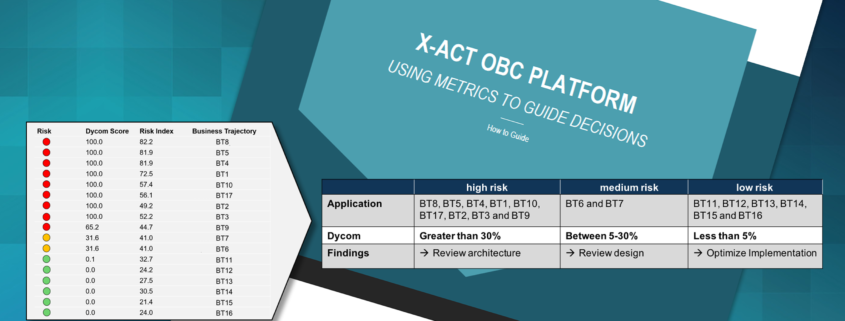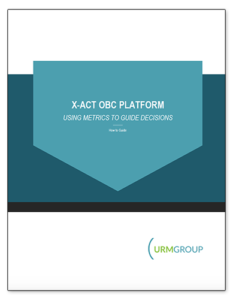X-ACT supports IBM Cloud Innovation
In his latest blog post, The Right Way to Ensure Operational Stability while moving to the Cloud, Thomas Rose, IBM Cloud Innovation Advisory Leader Germany, Austria and Switzerland, explained how IBM is using X-ACT® to optimize and improve the operational stability of their cloud services.
X-ACT is the innovation behind IBM’s Cloud Load Simulation solution. The emulation and analytics capabilities of X-ACT allows IBM to identify when and if dynamic complexity will lead to system limits within cloud environments, diagnose the root cause of the limit and determine the best remedial actions by weighing the benefits, complexity and cost of proposed solutions.
Many cloud initiatives fail to meet client expectations due to inadequate risk identification and mitigation early in the outsourcing project’s lifecycle. Due to the complexity of modern business, it is no longer possible to intuitively assess both the benefits and risks posed by moving services to the cloud.
Now with X-ACT, users can quickly model existing systems and evaluate how proposed changes will impact the cost efficiency, scalability and performance of business operations. By effectively identifying any potential risks that could impact the quality of service and verifying that all applications will behave correctly under any operational condition, decisions can be made with confidence in the outcome.
This is a win-win for cloud vendors and their clients, as it provides an insurance mechanism to verify that the cloud envrionment will continuously meet the promises made during the early stages of project definition.
Next we will be working to combine IBM Watson and X-ACT technology to implement cloud production control environments, which dynamically react to market events, and control system loads and resources to operate at an optimum cost level.



